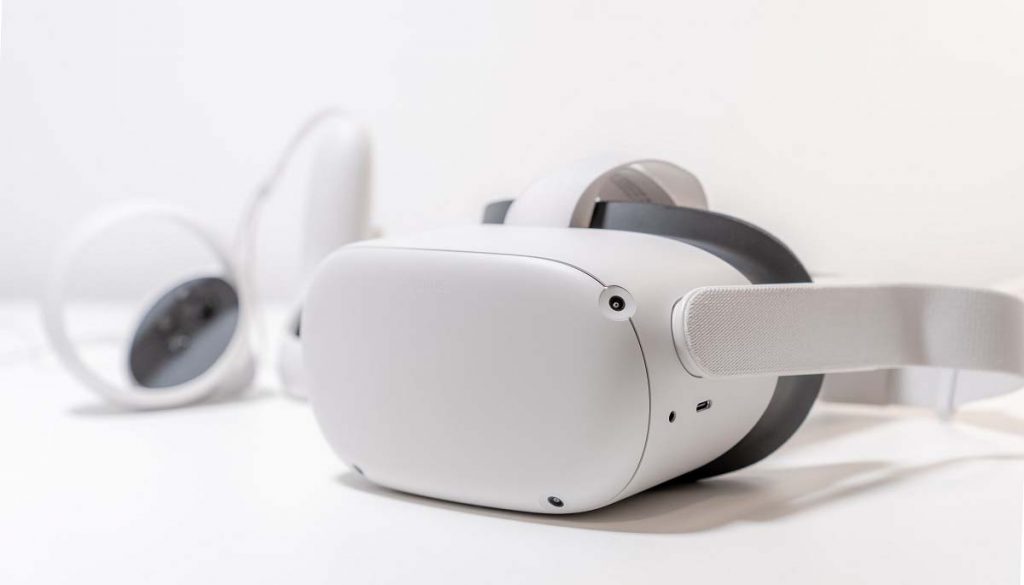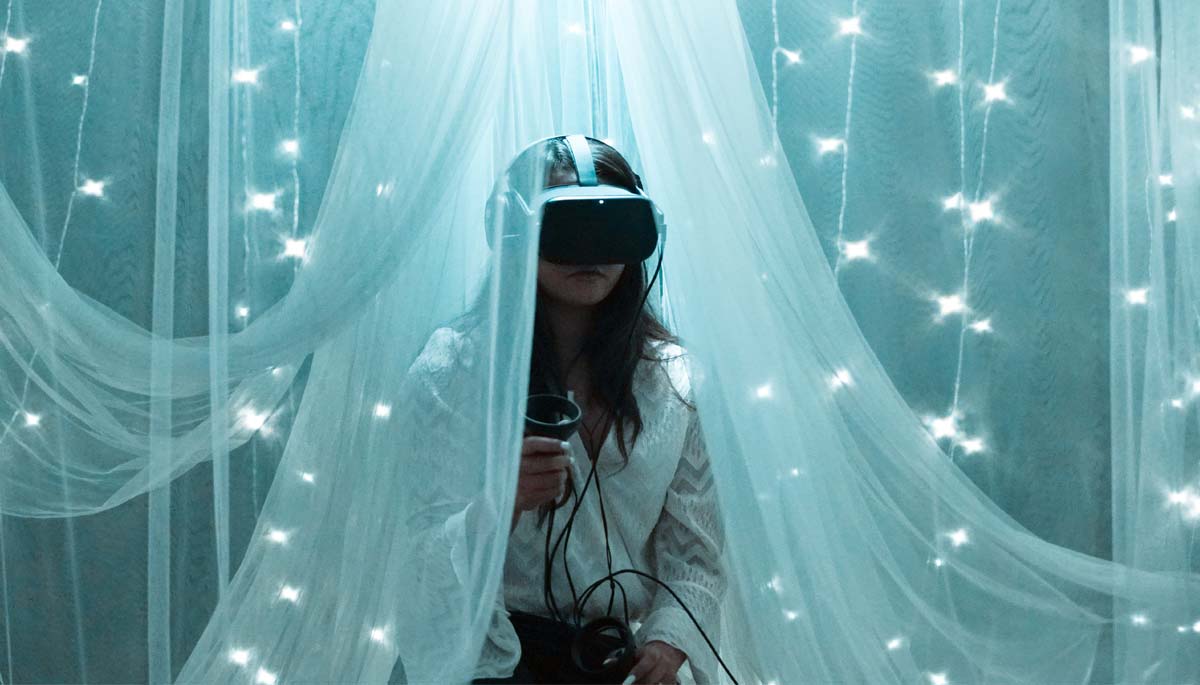
Virtual Reality, not to be confused with Augmented Reality, is taking the world by storm. While it may seem like something straight out of a science fiction novel, it’s actually an older invention than some might think.
Table of Contents
VR’s Twists and Turns
Originally an audiovisual experiment from the 1960s conducted by American filmmaker, Morton Heiling, the nifty little headset offered an immersive, although non-interactive experience that featured surround sound and full colour. Of course, Heiling had conducted several experiments previously, including in 1956, when he built a small booth that could fit up to four people at a time. Like his headset, the booth featured sound and video but also included tactile experiences like the sensation of wind or shaking.
Decades later, in the 1990s and noughties, reputable gaming companies such as Sega and Nintendo released their own VR equipment. Initially presented as arcade games, the companies eventually decided to make consoles players could use from home, similar to Heiling’s original headset model.
Unfortunately for these companies, the VR campaign was a flop. Due to the lacklustre graphics, shoddy software, and generally uncomfortable equipment, consumers simply weren’t ready or interested in immersing themselves in digitally constructed worlds when they could enjoy the exact same thing in real life.
It wasn’t until the rise of the internet that VR started to make sense for consumers. One project, in particular, Oculus Rift, rose to success around 2012. Independently funded by Kickstarter, a young team of entrepreneurs raised over two million dollars to create a comfortable VR headset complete with excellent graphics and immersive, cinematic qualities. Oculus Rift was bought by Facebook, and since then, has become one of the key pieces of equipment used in VR gaming.

While VR isn’t in everyone’s homes the way a gaming console or cell phone might be, it is, without a doubt, on the rise (again.)
The most interesting thing about VR is the fact that it seems to offer something for everyone. While VR has influenced the evolution of video games, it could also be used to travel, create new spaces, experience concerts, and visit friends all over the world in the blink of an eye. But for now, let’s focus on what virtual reality can do for gaming.
Virtual Reality Immersive Experience
By occupying visual, audio, and sometimes, even tactile senses with VR equipment, players can completely immerse themselves. Luckily, the graphic quality of these games has greatly improved since the last time VR was on the market, so the visuals are much more majestic and complete than a glitchy sunset.
One online video game that trailblazer the world of virtual reality was Second Life, a role-playing game where users can create avatars and live “a second life” apart from the life they lead in reality.
For the nearly twenty years that the game has been active, Second Life provided a haven for people to experiment with their personal representation, how they interact with others, and simulate plans for the future. In recent years, the game has seen a spike of interest from artists and after the metaverse announcement, investors. Namely, High Fidelity.
Besides the experimental value VR has in online platforms like Second Life, VR’s immersive experience has also greatly enhanced adrenaline-pumping action-adventure games like Half-Life: Alyx and Vader Immortal, which gives the gaming experience a larger than life cinematic experience.
Enhanced Socialization
Virtual reality isn’t just for adventure games or simulations. The online gaming industry has also gotten involved in using Virtual reality technology to enhance their clients’ gaming experience. For example, the online poker company, PokerStars, has dived into VR development to make online gaming a more social experience.
Like many gaming companies, PokerStars uses Oculus Rift to create completely immersive experiences from sleek space stations to opulent yachts. PokerStars VR also offers players virtual environments where they can pick up tells as naturally as playing live. While the rich environments are certainly nothing to complain about, the company explains how the most important aspect of their VR experience is socialization.
Due to poker’s subtle nature, VR does an excellent job of capturing the nuanced body language players wouldn’t normally see if they were looking at the traditional overhead tabletop view. It also restores poker of its original, dicey charm that people love to play it for.
Improved Gameplay
VR technology also streamlines a lot of awkward glitches that happen in traditional gameplay, like picking up objects, entering new spaces, and feeling the weight of a character’s actions.
Superhot, for example, has exceeded players’ expectations for an immersive gaming experience when it went VR months after its original release. The beautiful collision between the crisp, icy-white background and the protagonist’s red-hot, geometric figure create a stunning 360 experience for players.
While the 360 aspects may sound a bit nauseating for people with motion sickness, experts claim that VR actually softens the side effect more than traditional video games. That’s because VR mimics the reality people are used to experiencing, so they are less likely to experience vertigo.
Due to its accessibility, virtual reality experience in real life might attract new audiences who are curious to dip their feet into the world of gaming.





More Stories
11+ Best ThePiratebay3 Sites – Ultimate Pirate bay Alternatives
7movierulz iBomma – 11 Best Alternatives to Download & Watch latest Telugu Movies
How to Spam a Phone Number (7 best apps & services) with call, texts to Get Revenge?